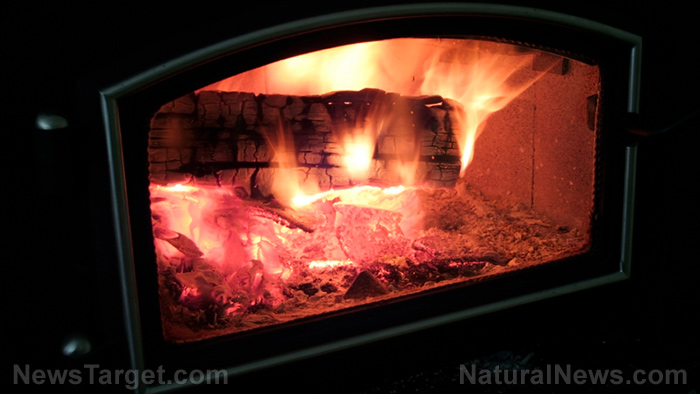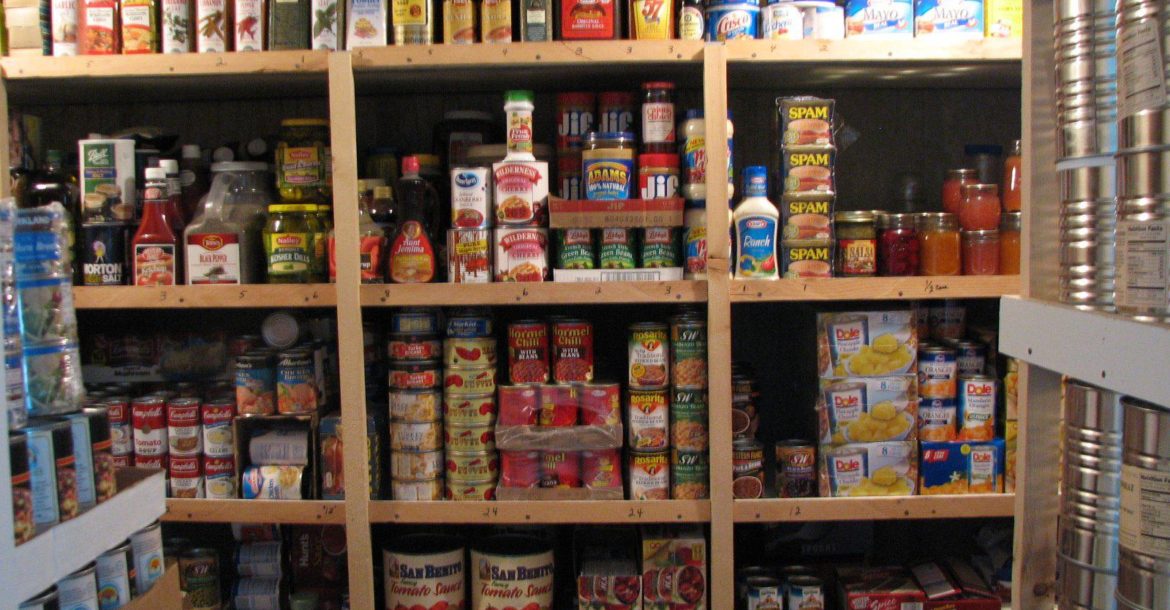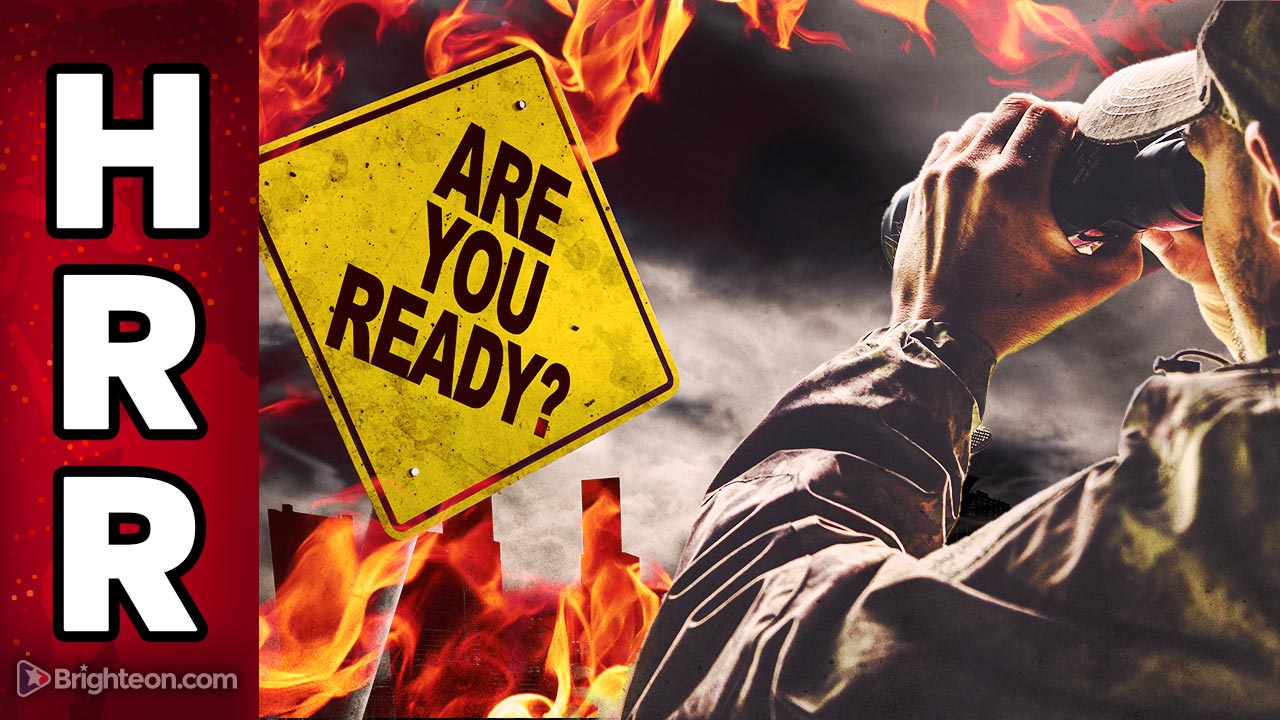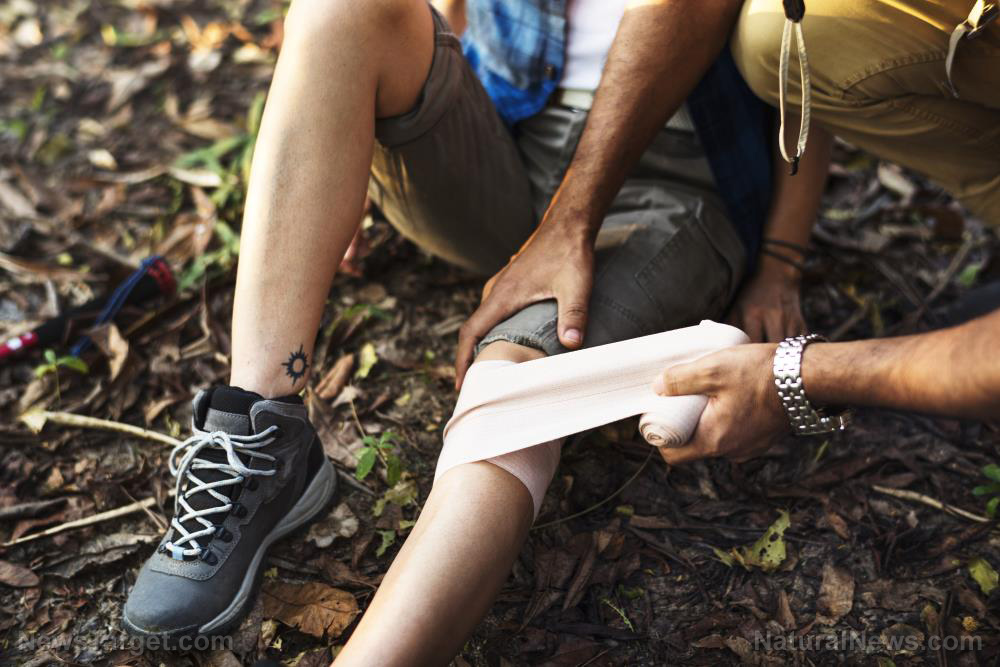Survival essentials: How to use ham radio for your preps
12/13/2020 / By Virgilio Marin

Ham radio is a reliable communication system that doubles as a hobby and an essential survival tool. Also known as amateur radio, it is commonly used to communicate across great distances without the benefit of the internet or cellphones. When SHTF, this survival essential will keep you in touch with your loved ones and boost your chances of survival. Learn how to use ham radio with the following guide: (h/t to Survivopedia.com)
Ham frequencies
Ham radio uses electromagnetic radiation to transmit data. It operates in the radio wave spectrum, which has wavelengths that range up to more than 62 miles. Radio frequencies get broken down into yet another spectrum, called the radio frequency spectrum. This band includes several sets of frequencies reserved for various radio technologies, including ham radio.
The Federal Communications Commission (FCC) is responsible for assigning these frequencies. For ham radio, the allocated frequencies start at 1.6 megahertz (MHz) and end at 1,240 MHz. This range includes medium (MF), high (HF), very high (VHF) and ultra-high frequencies (UHF).
The MF and HF bands are typically for long-distance communications. These bands can facilitate worldwide communication given the right time of day and solar conditions. Meanwhile, VHF and UHF bands are for local communications. These frequencies have a range of up to 50 miles depending on the terrain, power level and antenna. These are of greatest interest to preppers since family members are usually within fifty miles of home. However, the MF and HF bands are useful if you have family members living beyond the range of the VHF and UHF bands.
Ham radio equipment
A ham radio shack typically includes the following equipment: (h/t to AutoDesk.com)
- Scanning receiver – This allows you to listen in on various radio bands. It comes in either a desktop or hand-held version.
- Transmitter – This allows you to send messages.
- Transceiver – A device that combines both a receiver and transmitter in one box.
- Antenna – This is used to increase the range of ham radio. It comes as either omnidirectional, which sends out signals in all directions; or directional, which sends a signal in a direct path.
Home units are available for under $100. Keep in mind that your VHF or UHF equipment should be compatible with the local repeater. A repeater is an electronic device that receives a signal on one frequency and re-transmits the same signal on another frequency. This device enables two-way radios to achieve better coverage and longer range than is possible without a repeater. (Related: How to build a survival communication system for less than $50.)
In addition, consider keeping handheld transceivers, or walkie-talkies. These devices are limited to short-distance communications but are low-cost and portable gears that are reliable for bugging out. Low-cost handheld transceivers are available for under $30.
Getting a license
The FCC requires a license to operate a ham radio. There are three main classes of ham radio licenses, with each class having a different set of privileges:
- Technician – Grants all VHF and UHF privileges but limited HF privileges. The exam for this license covers radio regulations and technical radio topics.
- General – Grants technician privileges plus most amateur HF privileges. The exam for this license covers the same topics as the Technician license exam but in more detail. The exam also includes new topics that require advanced knowledge of ham radio.
- Amateur Extra – Grants all ham radio privileges. The exam covers additional rules and regulations, as well as sophisticated operating and advanced technical topics.
Consider joining radio clubs that can assist you in studying for the exam. Making local radio contacts is also a good way to establish yourself as a member of the community and to create a network of trustworthy allies for when SHTF.
Sources include:
Submit a correction >>
Tagged Under:
bug out, Communications, Gear, ham radio, how-to, preparedness, prepper, prepping, radio communication, radio wave, SHTF, survival, survival communication, survival essentials, survival gear, survivalist
This article may contain statements that reflect the opinion of the author
RECENT NEWS & ARTICLES
COPYRIGHT © 2018 SURVIVALGEAR.NEWS
All content posted on this site is protected under Free Speech. SurvivalGear.news is not responsible for content written by contributing authors. The information on this site is provided for educational and entertainment purposes only. It is not intended as a substitute for professional advice of any kind. SurvivalGear.news assumes no responsibility for the use or misuse of this material. All trademarks, registered trademarks and service marks mentioned on this site are the property of their respective owners.





















